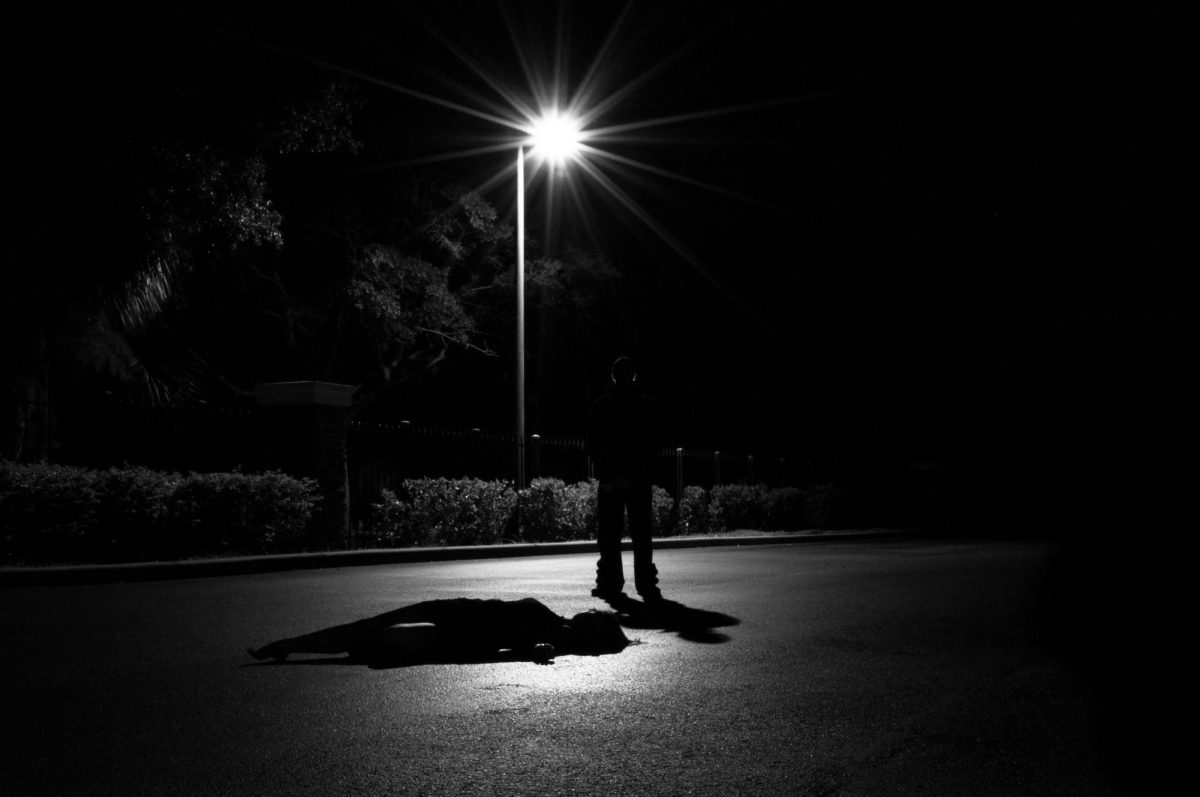College, the first year of independence for many young people. It’s all fun, friends and learning how to navigate a world of new information and growth. However, there are several caveats that must be considered before starting an adventure such as college.
Crime on college campuses is a multifaceted issue that encompasses a wide range of criminal activities including theft, assault and, most obviously. alcohol and drug-related crimes.
Campus crime is something many incoming college students inquire about before they begin their journey into the next chapter of their lives. Universities are hesitant to acknowledge the presence of campus crime, let alone release it as public information. However, as many know, reported crimes are public knowledge thanks to the checks and balances of our criminal justice system in the United States. But how often do crimes really occur on campus? What kind of crimes happen right in front of our eyes?
Concerns for college students’ safety on campus have been rising after a series of high-profile crimes have occurred in the media over the years. College students are victimized due to their vulnerability and accessibility. Incidents such as the 1986 rape and murder of Jeanne Ann Clery and those of the infamous Idaho murders have raised the red flag for the safety of college students.
Congress responded to these incidents with a series of laws and regulations such as the Student-Right-To-Know Act and the Campus Security Act. Both acts require crimes to be reported and publicized by adding campus crime statistics and security reporting provisions for colleges and universities.
Crime on college campuses is inevitable. Laws such as those passed in the “Clery Act” of 1998 require institutions to raise awareness among those in the campus community about crime prevention programs offered by the university and affiliates.
Many institutions of higher learning, such as John Carroll University have their own campus security and other agencies to address these issues. Coupled with such physical safety measures, there are safety tips posted on university websites to ensure safety for all students. Professors who are employed through the school are also what is known as a “mandatory reporter.” Additionally, Title IX mandates that institutions of higher education must identify responsible employees who are mandated to report crimes such as sexual assaults.
Responsible employees were first defined in the U.S Department of Education’s Office for Civil Rights stating they are any employee, “…who has the authority to take action to redress sexual violence; who has been given the duty of reporting incidents of sexual violence or any other misconduct by students to the Title IX coordinator or other appropriate school designee; or whom a student could reasonably believe has this authority or duty.” This includes if a student approaches a professor and asks for it not to be reported. This was implemented to ensure the safety of students and others on campus.
How helpful are these measures? Can there be more done to prevent crimes from happening? Finally, what are the factors that contribute to these crimes? Efforts to address campus crime typically start with preventative measures such as facility policing and safety guidelines. Currently, there are some of these measures in place to protect students in the midst of an unsafe situation such as what is commonly known as “blue lights.” Blue lights are meant to be used in an emergency situation when a student feels unsafe. The student can find what is an easily identifiable light pole with an emergency button on it that they can press to summon help.
According to Elizabeth Ellcessor, professor and author at The University of Virginia, “…the realities of blue-light emergency phones, which were – from the beginning – understood to be of limited utility and rarely used.” Blue light technology is just one example of many attempts to ensure campus safety that have been unaccommodating. The blue lights were created in an attempt to provide a quick response to students in harm’s way, namely an assault.
Do these measures fully protect students from the horrific crimes that occur on college campuses daily? Though it seems like the actions that have been taken thus far have been relatively unsuccessful in aiding the issue of campus crime, there has been a significant decrease in crimes since they have been implemented. The National Center for Education Statistics (NCES) finds that “between 2009 and 2019, the overall number of reported on-campus crimes decreased by 20 percent.”
As well as the decrease in crime, there has been a raised level of awareness of these issues. Student awareness is a huge contributing factor to decreasing crime on campus by allowing students to be informed of signs of crime, how to deal with it when it happens and who to report to.
Crime prevention measures have been proven to be helpful in preventing and deterring illegal activity on college campuses. Ultimately, while no set of measures can eliminate all risks, a combination of well-planned and well-implemented crime prevention strategies can contribute to a significantly safer campus environment.


